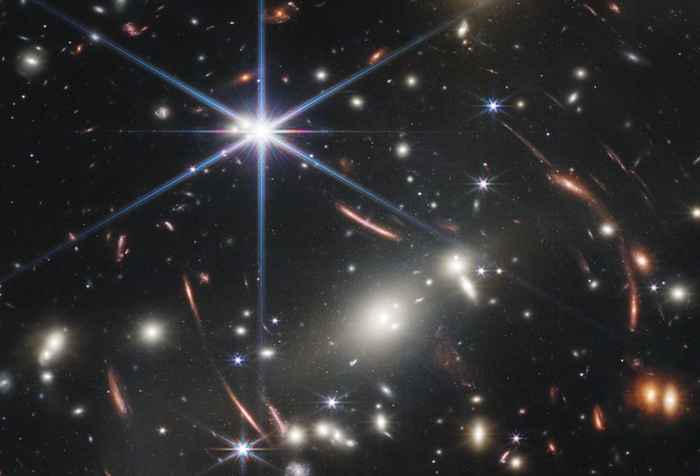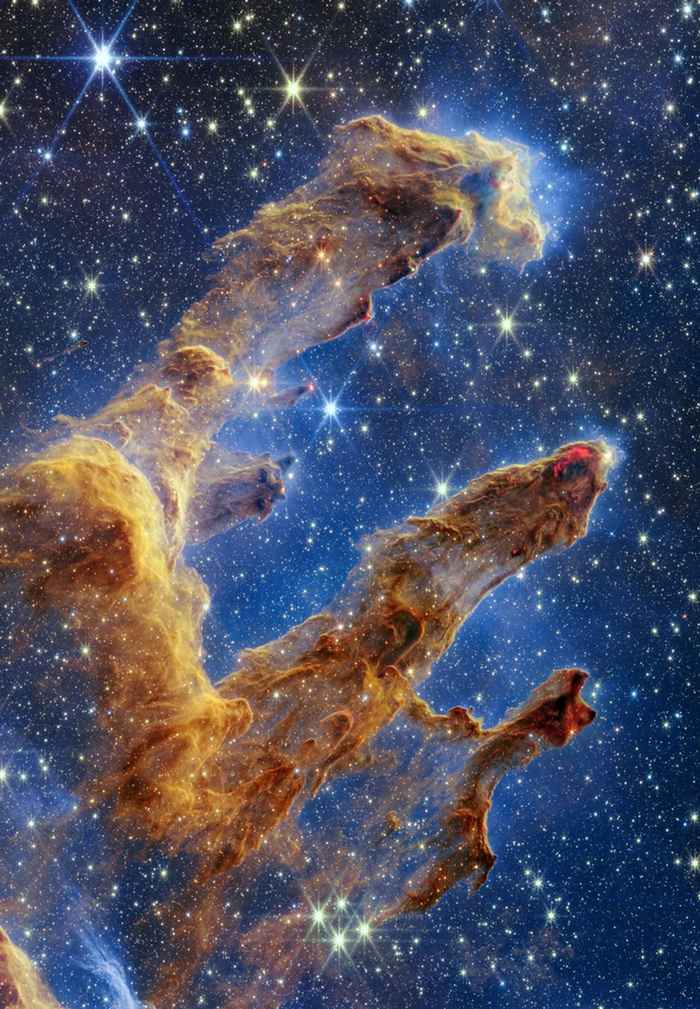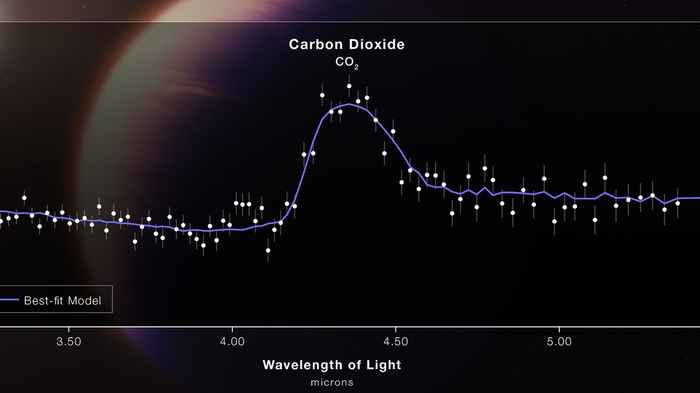Blog: JWST: The Infrared Eye of Humankind
By PhD candidate Saugata Barat
28 November 2022
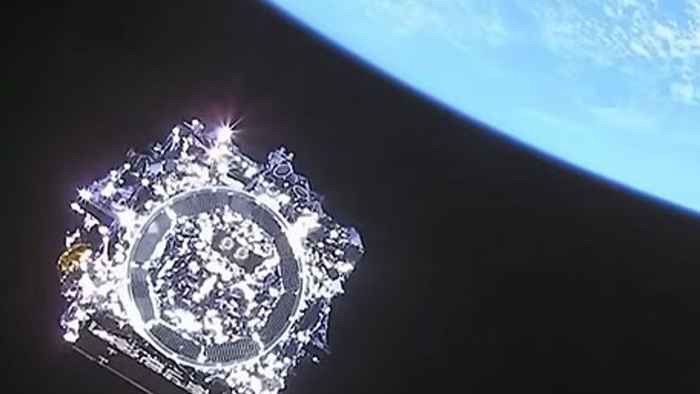
Why did we put JWST in space?
Our eyes are sensitive to the world around us with optical light, however different objects emit radiation at wavelengths other than optical frequencies. For example, planets emit most of their energy in infrared and compact objects like neutron stars and black holes can emit a lot of X-rays. To study these exotic objects astronomers must turn to other parts of the electromagnetic spectrum. Most of the electromagnetic radiation is absorbed in the upper layer of the atmosphere; our atmosphere is only transparent to optical and radio emission (See Figure 2). As a result, if astronomers want to study the universe at these electromagnetic bands, they have to use telescopes which are in space. Some examples of other space based telescopes are Chandra (X-ray), Fermi (Gamma-ray), and Hubble (UV, IR).
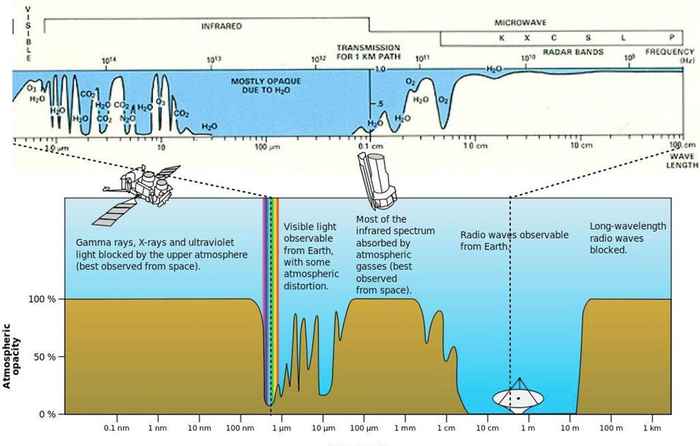
JWST observes the universe in infrared frequencies. This requires the detectors on board to be at extremely low temperatures (-267°C), which is achieved with a combination of the telescope’s location in space, ‘sunshields’ which block the sunlight from heating the telescope and cryogenic cooling of the detectors. JWST and the science instruments on board (NIRSpec, NIRCAM, NIRISS and MIRI) are marvels of engineering. Dutch astronomers from the Optical Infrared Group of the Netherlands Research School for Astronomy (NOVA) were involved in the development of the mid-infrared instrument (MIRI).
What have we seen with JWST until now?
JWST reached its final orbit in July 2022 and since then astronomers around the world have dived into the amazing data and unprecedented images from this telescope. In Figure 3 we see the deep field images taken by MIRI and NIRCam which show a rich field of astronomical objects like stars and different types of galaxies. This is one of the deepest views of the universe till date. In Fig 4 (left panel) we see the famous ‘Pillars of Creation’ which is a star forming region in the Eagle nebulae. Alongwith imaging, JWST is also capable of taking spectroscopic measurements and in Fig 4 (right panel) we see an example of a transmission spectrum of a hot Jupiter, WASP 39b observed with the NIRSPec PRISM instrument. The peak observed in this spectrum is a signature of Carbon Dioxide (CO2) within the atmosphere of this faraway world. CO2 is one of the most important molecules in the planetary atmosphere and it can help understand the formation history of the planet. This CO2 observation is the strongest ever detection in an exoplanet atmosphere. The detection and characterization of atmospheres of exoplanets with JWST promises to address fundamental questions about our existence and future. There are more breathtaking scientific results from JWST being achieved and some of them can be found in the following website (https://webb.nasa.gov/).
